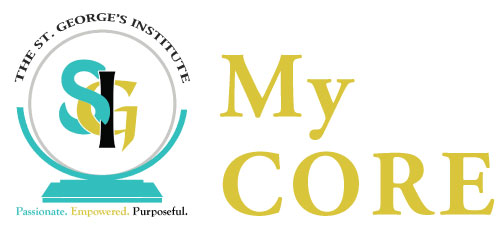Resources
Development and the use of resources
Maureen Campbell, Contributor
Resource: Living and non-living things that may be useful to people and their society. It is anything natural or physical that can be harnessed to create wealth or improve the standard of living of a nation. It can be described as assets and the means of meeting demands and achieving goals.
There are two types of resources: Human and Natural/physical.
Human resource – This includes people, their skills, knowledge, values, attitudes, and abilities.
Physical resource – This includes the land, water, forests, climate, air, geology, soils, seas, energy, minerals, and money.
When looking at human resources we usually look at:
a. The size and composition of the population.
b. A country’s level of health and education.
c. The skills and attitudes the people have developed.
All societies contain resources; how we use resources depends upon the quality of the people, the human resource. Human resources are responsible for the utilization of physical resources. It is very vital to the existence of mankind, and because of this, effort must constantly be made to develop the inherent talents, skills, and abilities of our people especially in the harnessing of our physical resources and converting them into useful products.
A population’s size and its level of health and education are important factors affecting its economic performance. For instance, a population weakened by malnutrition or widespread disease is less productive than a healthy one. A society’s level and type of education have a great effect on the amount and kinds of goods and services demanded and produced.
It can, therefore, be concluded that all institutions in society, such as the family, education, government, religion, in some way, influence and shape the quality of the human resource, and the quality of the human resource, in turn, contributes to the progress of these institutions. The importance of human resources cannot be overstated as it is needed in the utilization of a variety of skills to solve problems. The skills are also used to produce a wide variety of goods and services that help to maintain and improve standards of living.
A skilled population includes engineers, scientists, doctors, lawyers, teachers, farmers, authors, sports personalities, musicians, artists, poets, fishermen and the list goes on. The development of human resources is a multi-stage process.
Valuing and maintaining our human resource
1. The ability to cooperate, integrate, work together in various groups for our mutual benefit.
2. Working or trying to find a job to make oneself, independent and career-oriented.
3. Recreational activities and a clean and healthy environment, free from disease.
4. The size movement, control and growth of the population are of the utmost importance to development.
5. Education available to all members of society, available at all levels, kindergarten, primary, secondary and tertiary. This will aid in the development of major skills.
6. Proper nutrition and adequate health care for every individual in a community. This includes the availability of primary and curative health care.
The Population
The population is referred to as the total number of people/inhabitants living in a geographic area at any particular time.
Demography is the study of the population.
When studying the population we look at statistics such as birth and death rates, immigration. Individuals interested in population studies also look at the labor force and the population trends. Policy-makers need to study the population in order to determine its characteristics such as size, composition, structure, and distribution. The population is also important as a country with five million inhabitants has different production possibilities, needs, desires from one with five hundred million.
Statistics in population
The population is not the same at all the time owing to a number of factors, the chief among them being birth, death and migration.
Birth
Birth refers to the birth rate or crude birth rate and indicates the number of live births per 1,000 of the population in a given year. For example, in a country with four million, there are 100,000 births in 2006, the birth rate or crude birth rate would be calculated using the following formula.
Number of births X 1,000
Total population
| I.e. 160,000 x 1,000 | = 40 |
|
4,000,000 |
40 births per 1,000 of the population.
Death
The death rate or crude death rate is the number of deaths per 1,000 of the population in a given year. If we are informed that 50,000 persons died in the above country during 2006, we calculate the death rate using the formula:
Number of death X 1,000
Total population
| I.e. 100,000 x 1,000 | = 25 |
|
4,000,000 |
25 deaths per 1000 of the population.
Immigration rate
The formula used is as follows:
Number of immigrants X 1,000
Total population at destination
This will tell the number of immigrants arriving at a destination per 1,000 of that population of that destination.
Emigration rate
The formula used is as follows:
Number of emigrants X 1,000
Total population of country of origin
Activities
The immigration rate is the number of emigrants departing an area of origin per 1,000 population at the area of origin in a given year.
1. Explain the terms:
a. Population
b. Birth rate
c. Death rate
d. Immigration
e. Emigration
2. Differentiate, using examples, the two main types of resources.
3. “Human resource is better than natural resource.” Discuss.
